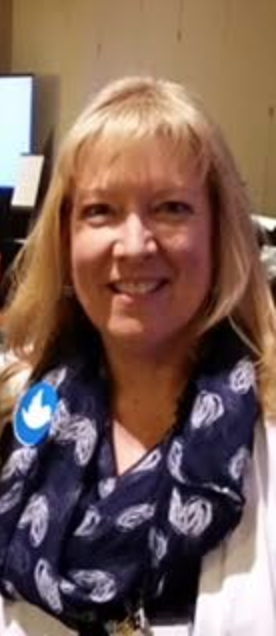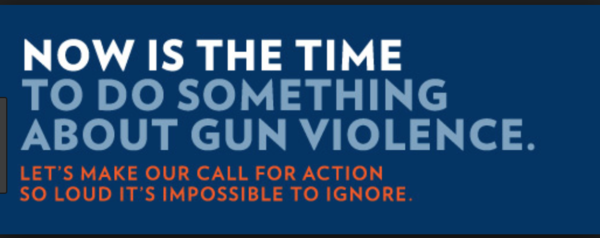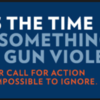Elizabeth (Liz) Clark, MSN, RN NCSN is a school nurse's school nurse. Her leadership skills were honed as President of the CO Association of School Nurses. She served on the national level as the CO NASN Director, completing her term in 2017. Liz has a prominent presence on Twitter and uses the social media platform to elevate school nursing practice. Liz is a natural teacher and you can find her sharing the most recent peer-reviewed articles with colleagues to promote health and learning.
A few weeks ago, Liz shared a story on Twitter about two kindergarten students whose lives were tragically intertwined through community violence. As we know, what happens at home comes to school, and what happens at school follows our students home. When I read Liz's heartwrenching story, I asked her to share it with the readers of this blog. I thank Liz for her leadership and for her professional generosity. Liz is a truly a Relentless School Nurse.
 Elizabeth Clark, MSN, RN, NCSN
Elizabeth Clark, MSN, RN, NCSN
"I could hear the crying before they arrived in the school health office. It had the ring of a serious injury. As an experienced school nurse, I automatically jumped up and put on my gloves. It was Monday morning recess and I was wondering if it was a head injury or possible fractured bone. The principal entered the office holding the hands of two kindergarten students, one on each side of her. She quickly set the boys down on separate cots, on opposite sides of the office. One student had a bloody nose and the other was holding his cut lip, and of course, both were crying. Ok, it was a fight. I started my duties to assess and care for the students as the principal walked out shaking her head sending me a knowing look. I asked the first boy; let’s call him Joe, the million dollar question, What happened? Between tears, he told me while pointing at the other boy, “His Dad killed my Dad.” Wow! How do you respond to that explanation? I recalled a news story over the weekend involving a shooting that killed a man as he walked out of his apartment building in the neighborhood. As I worked providing nursing care, I told Joe that I was sorry. I then turned my attention to the other student; let’s call him Steve. Steve told me his story, how the police came and took his Dad away. How he was scared and he and his Mom cried and begged them not to take him away. I told Steve that I was sorry. Both boys were hurting deeply, not only from their physical wounds, but also from their hearts. The principal came back into the office with the school counselor and school psychologist. The school team, administration, nursing, and behavioral health was in place to support the students.
Students bring their burdens and attempt to problem solve in the way that they see as best. Acts of physical violence are common occurrences in schools. School Nurses are often the first school staff to interact with student injuries and students exhibiting anxiety and stress masked as headaches, stomachaches, and other non-specific health complaints. The school health office is a safe space, and students frequently seek the school nurse to obtain acceptance and comfort, even when they are not able to articulate their worries.
Many students are in conflict every day from life events that occur inside and outside of the school environment. Gun violence has affected the lives of children both inside and outside of school. In 2018, 24 school shootings across the US resulted in injury and death. There were 28 students killed and 7 school employees or other adults (Education Week, 2018b). As responsible adults, we must reduce gun violence for our children. Will 2019 be another record year for gun violence in schools? Can we be the change to reduce this horrific trend?" - Liz Clark, MSN, RN, NCSN
Disclaimer: To protect their identities, the names and details of the incident and the children involved were changed.
References:
Education Week, December 18, 2018. The School Shootings of 2018: What’s Behind the Numbers. Retrieved from: https://www.edweek.org/ew/sect...f71850bfb073dea1fe02
Bio: Elizabeth Clark MSN, RN NCSN has over 20 years of experience in school nursing practice and school health services administration. She received her Master’s Degree in the Nursing Care of Children from the UCHSC in 1991. She was elected to the National Association of School Nurses Board of Directors from 2013 – 2017. Ms. Clark is a member of the American Nurses Association, the National Association of School Nurses, and a Past President of the Colorado Association of School Nurses. She presents at state and national conference annually on school health leadership. She is currently a trainer for School Emergency Triage Training and Youth Mental Health First Aid.




Comments (6)